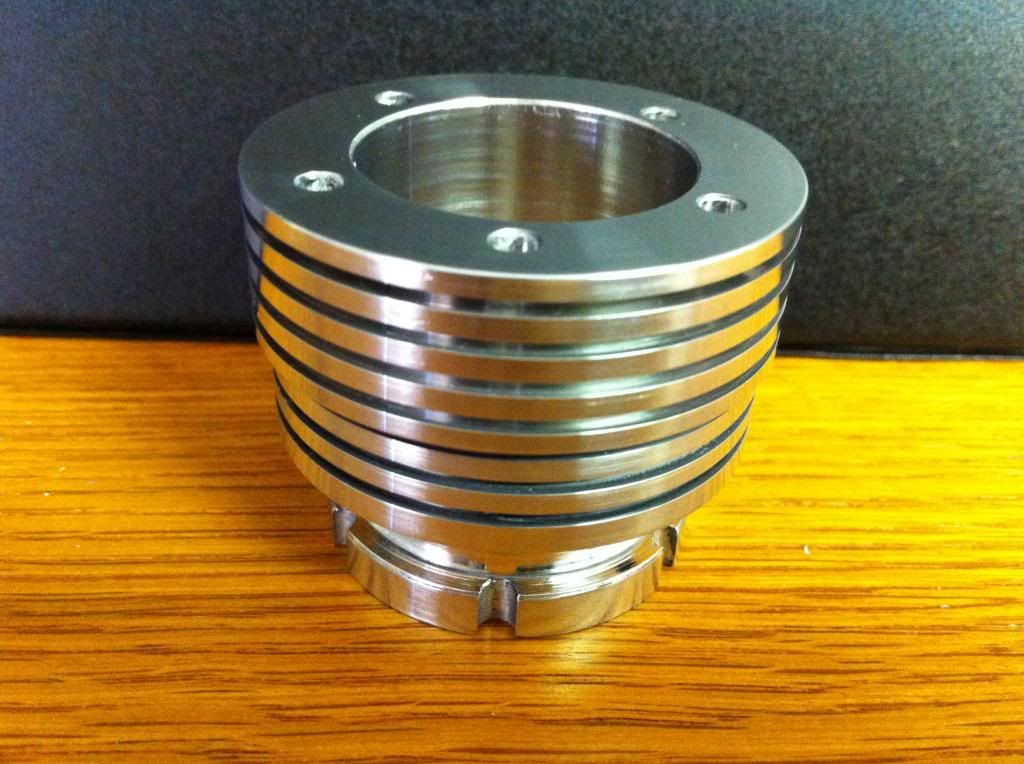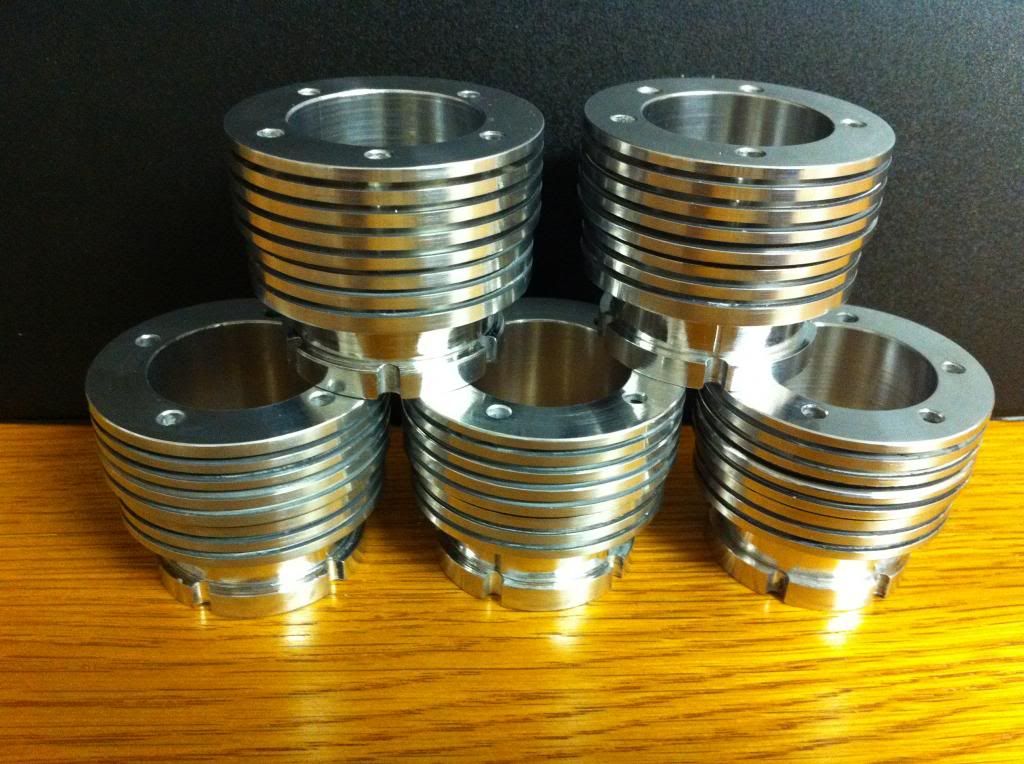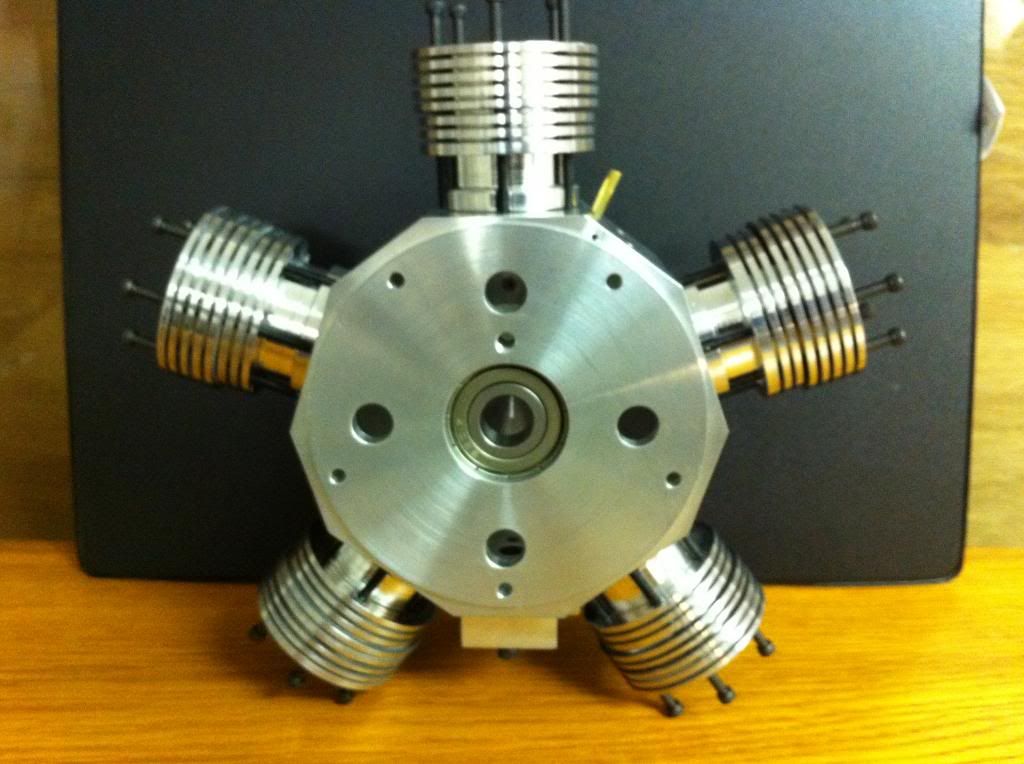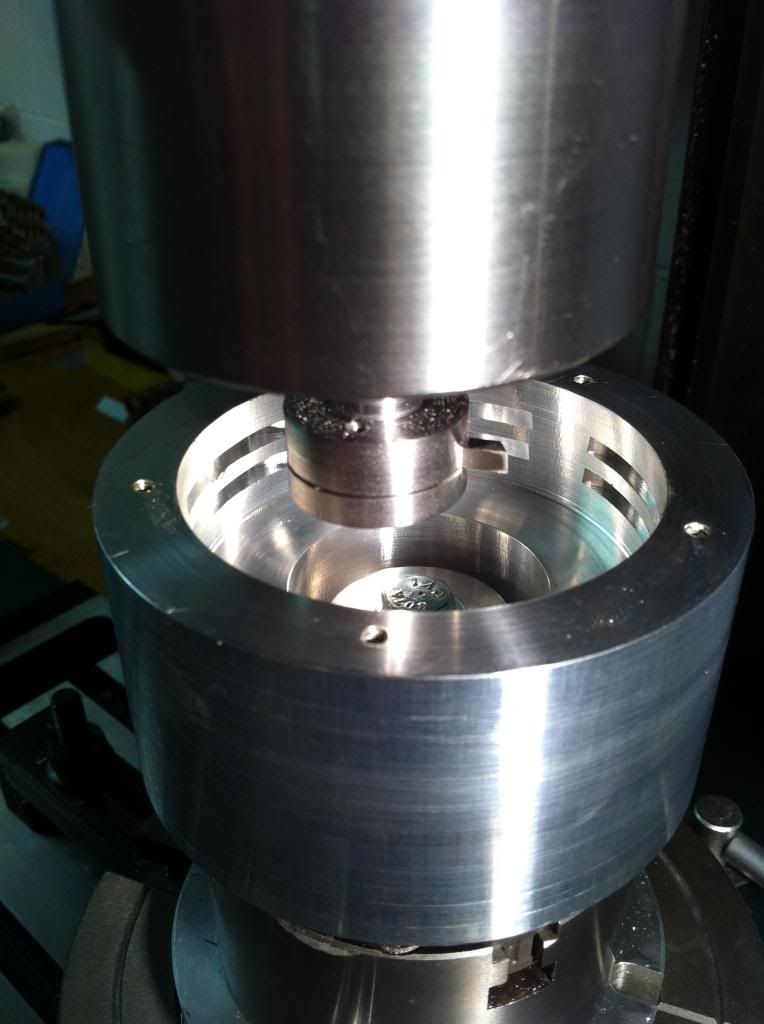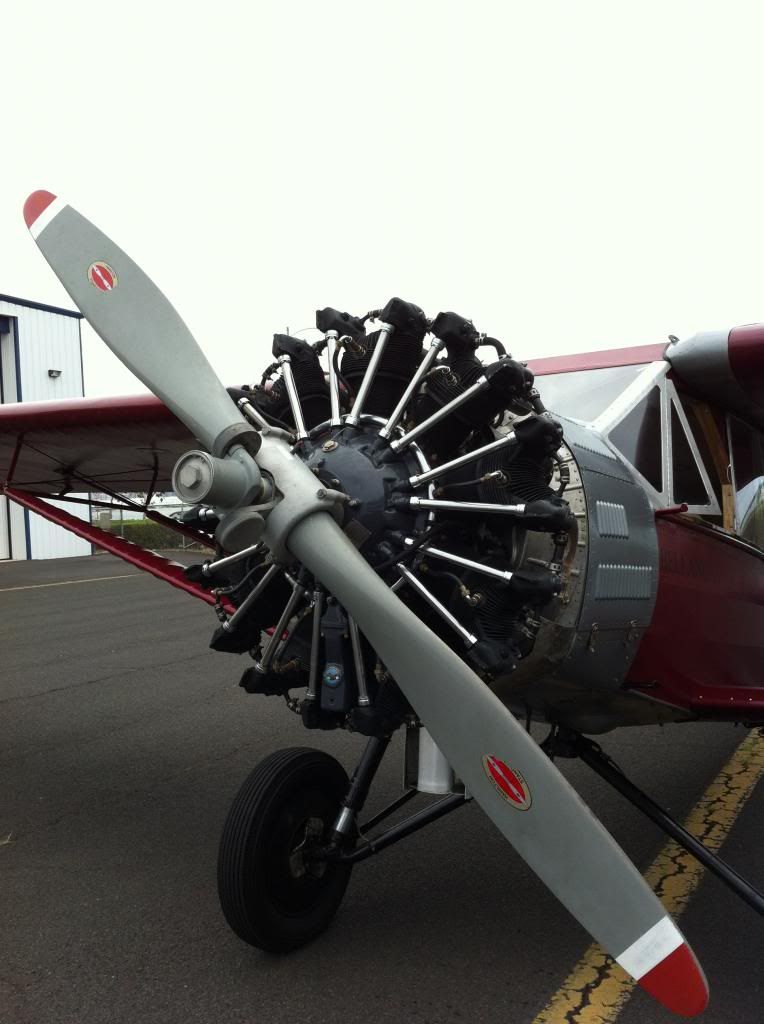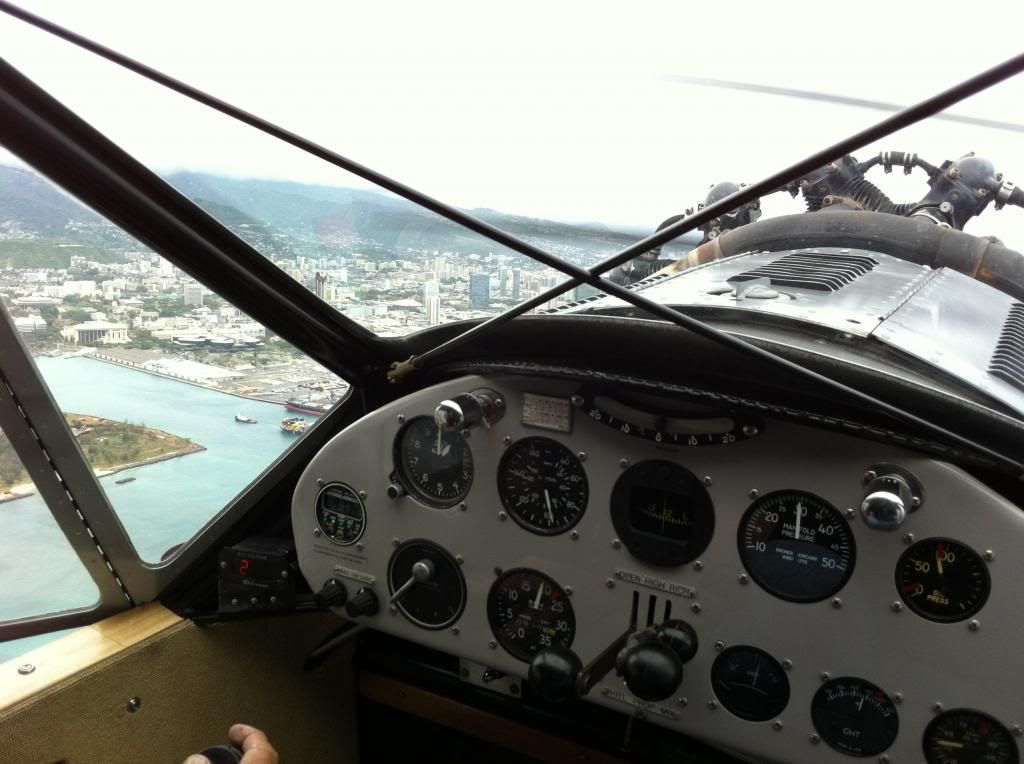- Joined
- Jun 12, 2012
- Messages
- 88
- Reaction score
- 68
Brian, I took a look at the Hemingway site and that is a fine-looking grinder, better than anything I've seen elsewhere. I've got a query in to them about the 120 v. motor -- or simply the option of supplying it without a motor at all.
One question about your (again, most excellent) recipe for grinding the Edwards crankshaft...when you refer to surface grinding at verious points, is this something you were able to accomplish with the Hemingway's attachment, or are you in fact guilty of possession of a stand-alone surface-grinder?
And a bonus surprise on the Hemingway site -- they offer a Hall-effect package which, at first glance, seems as though it might be the answer to running this engine on sparks rather than glows, as discussed earlier.
Thanks again for all your help and illumination...
Michael
One question about your (again, most excellent) recipe for grinding the Edwards crankshaft...when you refer to surface grinding at verious points, is this something you were able to accomplish with the Hemingway's attachment, or are you in fact guilty of possession of a stand-alone surface-grinder?
And a bonus surprise on the Hemingway site -- they offer a Hall-effect package which, at first glance, seems as though it might be the answer to running this engine on sparks rather than glows, as discussed earlier.
Thanks again for all your help and illumination...
Michael










